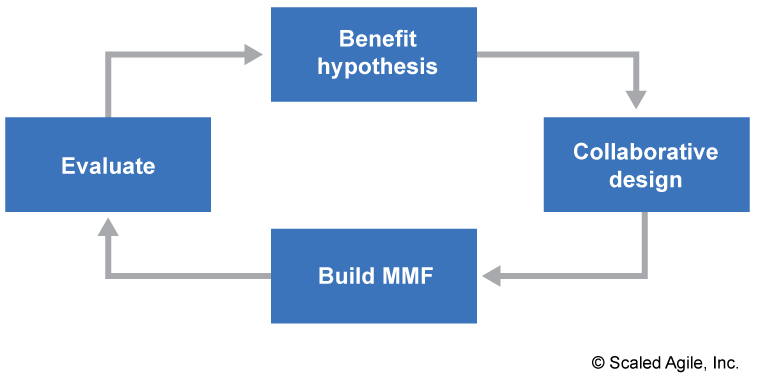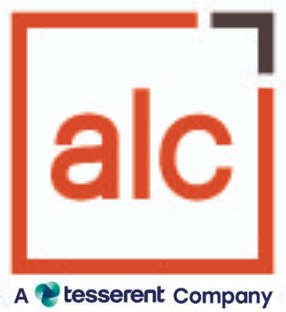
Many CIOs, CTOs and business leaders are all working through their cloud strategies. Most large companies in Australia have adopted a hybrid cloud approach, using both private and public cloud services. In this blog, I’ll outline 10 critical steps on how you can create a cloud adoption roadmap and then align this roadmap to your current execution path.

A cloud adoption roadmap is a really important tool, as it serves to visualise and communicate your plans to all key stakeholders in your organisation. The important part of the roadmap is to ensure you have a clear 1 page visual outlining the key milestones and decisions points, backed up by clear definitions behind the roadmap of what each component on the roadmap means. My suggestion is to use a modelling tool to create your roadmap and my top pick is the Abacus tool from Avolution.
Before we delve any deeper into our cloud adoption roadmap, let’s be clear on some basic terminology, to ensure we’re all on the same page:
Software as a Service (SaaS)
These are services that end-users consume. Examples include: Social Media Tools, Salesforce, Office 365 and Xero. The apps that you download to your mobile phone are predominantly SaaS.
Platform as a Service (PaaS)
These are services that developers consume to create SaaS products. Examples include: Development Tools, Testing Tools and Datastores. Apps that you download to your PC or laptop at home to allow you to write code, test code and setup datastores in the cloud are all examples of PaaS.
Infrastructure as a Service (IaaS)
These are services that operations teams will build, test and commission to support developers, who consume PaaS and end-users, who consume SaaS on the PaaS, or SaaS via a 3rd party. IaaS can be virtual machines, networking or basic storage.
If you’re interested in digging deeper in cloud definitions, there is a simple whitepaper that the National Institute for Standards and Technology have produced. It covers everything in 3 pages.
I’ve also created a simple reference model below:

DevOps
This is cultural change centred around ensuring that the developers (working on PaaS) are collaborating and communicating effectively with the operations teams (working on IaaS). This is important to create secure, reliable and engaging SaaS apps.
The DevOps Institute have a great video on DevOps that can teach you more.
Or you can read my further thoughts here.
Hybrid Cloud

All organisations I have worked with in Australia, that have more than 100 employees will have a combination of private and public clouds in their environment. This is the definition of hybrid cloud. Probably 99% will have an on-premise (or 3rd party hosted) private cloud for Active Directory and using public cloud for Office 365 with Azure Active Directory. The 1% is a single instance of G Suite I have come across.
Great video on hybrid cloud here:
10 steps to set up a cloud adoption roadmap
Now that we have defined these terms, we can take a look at our Cloud Adoption Roadmap and our 10 steps:
- Perform a current state architecture analysis to understand how each department / business area is already adopting SaaS apps in your organisation.
- Understand the needs each department / business currently has and develop a feature-centric SaaS cloud adoption roadmap to cover the next 12 months.
- Communicate and seek feedback with the key stakeholders regularly, to guide your cloud adoption roadmap, particularly as the business investigates and pilots new SaaS apps and develops new business capabilities.
- Define a clear strategy at the CTO / CIO level as to whether you are going to adopt PaaS and/or IaaS services, or simply remain with SaaS-only services.
- Ensure your IaaS / PaaS strategy includes key business drivers and evidence of business need.
- Feed in your IaaS and PaaS strategy into the cloud adoption roadmap and socialise with key stakeholders.
- Based on business situational awareness and factors that are important to the key stakeholders, embark on a short IaaS / PaaS cloud service provider shortlist selection.
- Once the IaaS / PaaS shortlist is down to say 2-3 candidates run a proof of concept for each cloud service provider to determine the value, test your hypothesis on how you may transform your legacy IT and seek input from key stakeholders.
- Extend the IaaS / PaaS proof of concept to a pilot with a single cloud service provider, to further strengthen the more complex hyposthesis you’ve made with your current legacy IT investments.
- Extend your cloud adoption roadmap to include how you will transition your current private cloud and/or legacy IT investments to IaaS, PaaS and SaaS services, being cognisant that this may be a 2-5 year journey.
I recommend using the Lean UX method for testing out your hypothesis when validating your cloud adoption plan. This can be found in the Scaled Agile Framework.

You can learn more about Scaled Agile on my own blog.
If you’re interested in learning more, I offer a range of Cloud, DevOps and Scaled Agile courses at ALC Training:
- Cloud Courses (Foundation to Advanced)
- DevOps (Foundation to Advanced)
- Scaled Agile in Malaysia
- Scaled Agile in Australia


